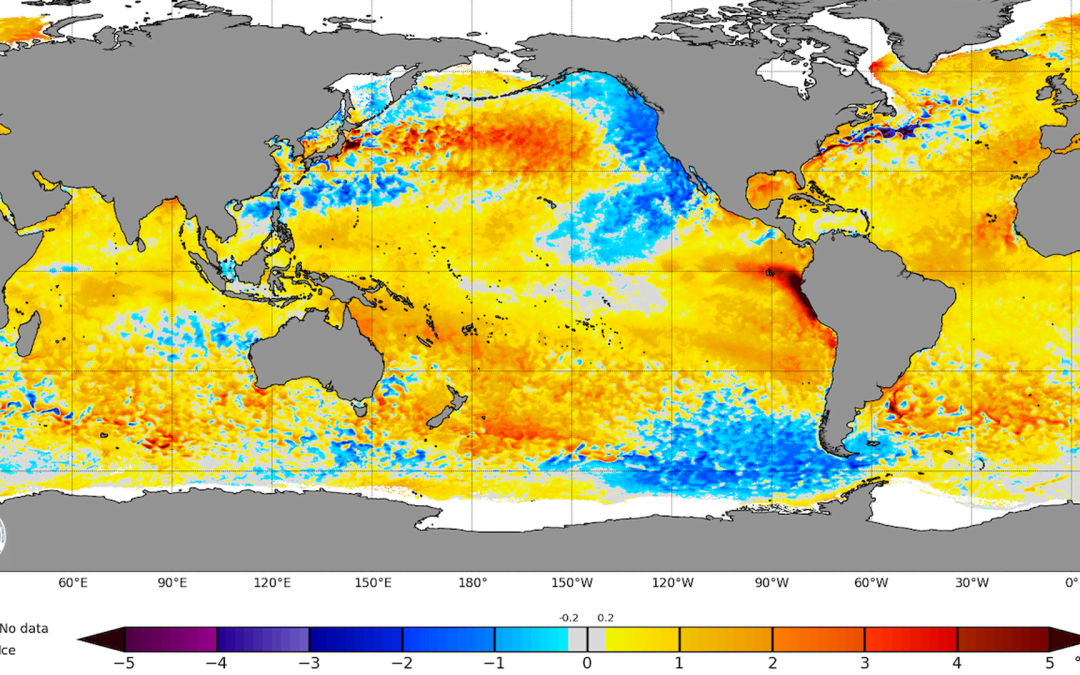Sea surface temperatures in the equatorial tropical Pacific Ocean are increasing, likely heralding the arrival of an El Nino event hot on the heels of a long-lasting La Niña that ended in March, Andrew writes.
Driving the news: NOAA declared an El Niño Watch Thursday, putting the odds that the periodic climate cycle will develop during May through July at 62%.
Zoom in: Some computer models are projecting a strong El Niño by winter, which could yield even more extreme weather events globally.
What we’re watching: Given human-caused climate change, even a weak El Niño is likely to lead to a top-5-warmest year in 2023.
- A strong event would catapult global temperatures past the warmest year of 2016, this year or next.
- It could also lead to widespread coral bleaching episodes.
Yes, but: Spring tends to be the most difficult period for such modeling, since the Pacific Ocean is in transition. However, ocean temperature trends and other observations are bolstering forecasters’ confidence.

